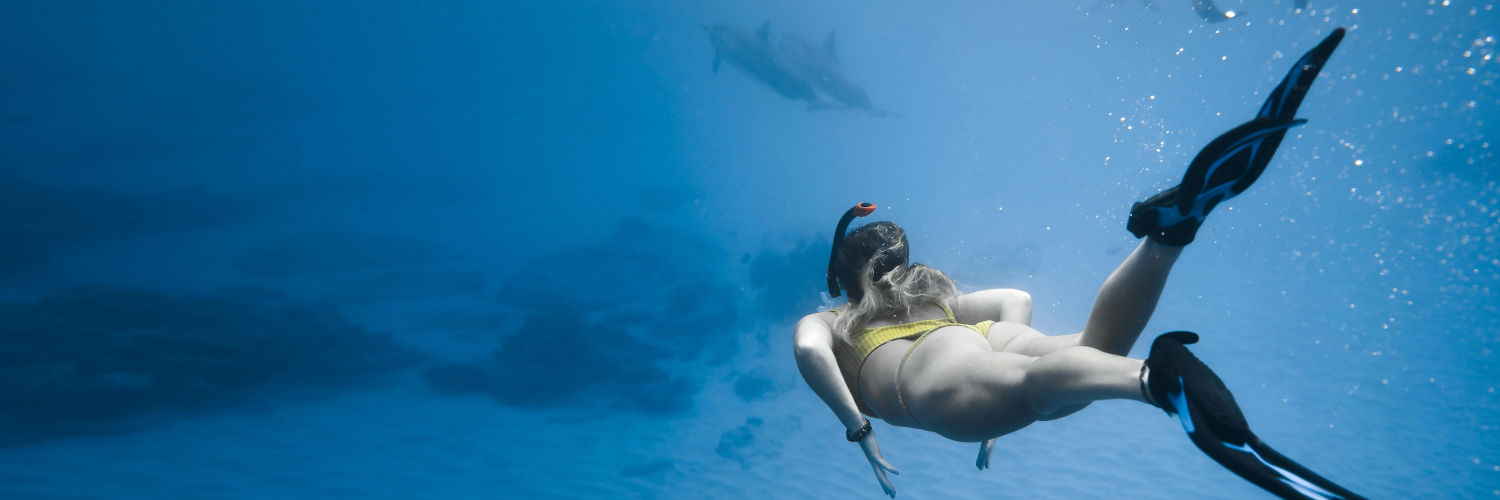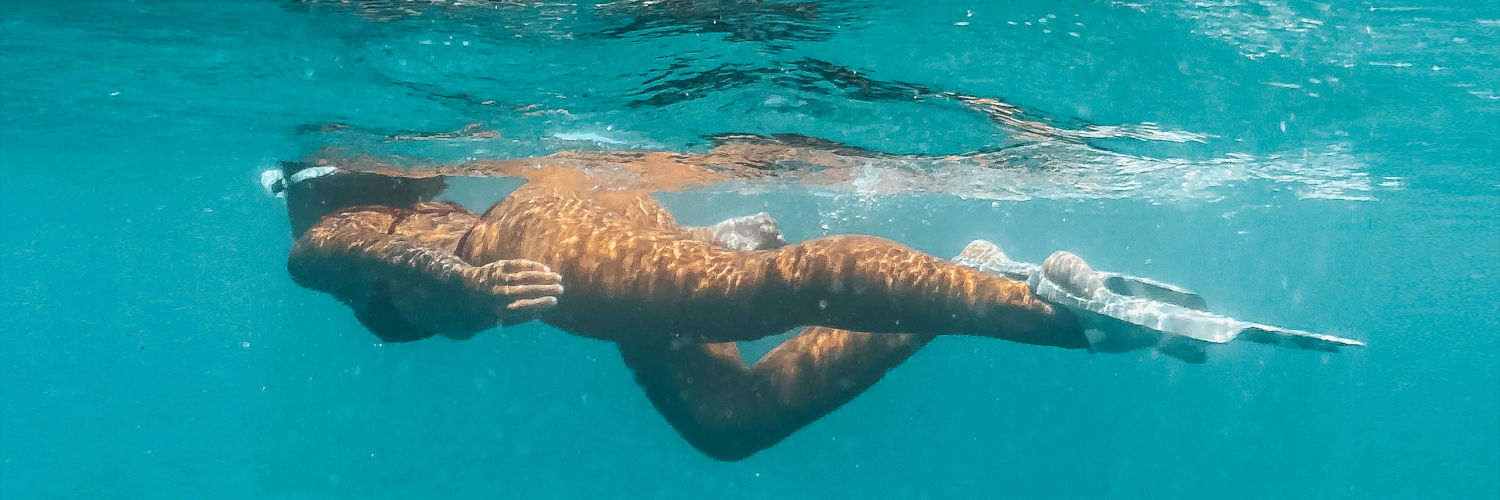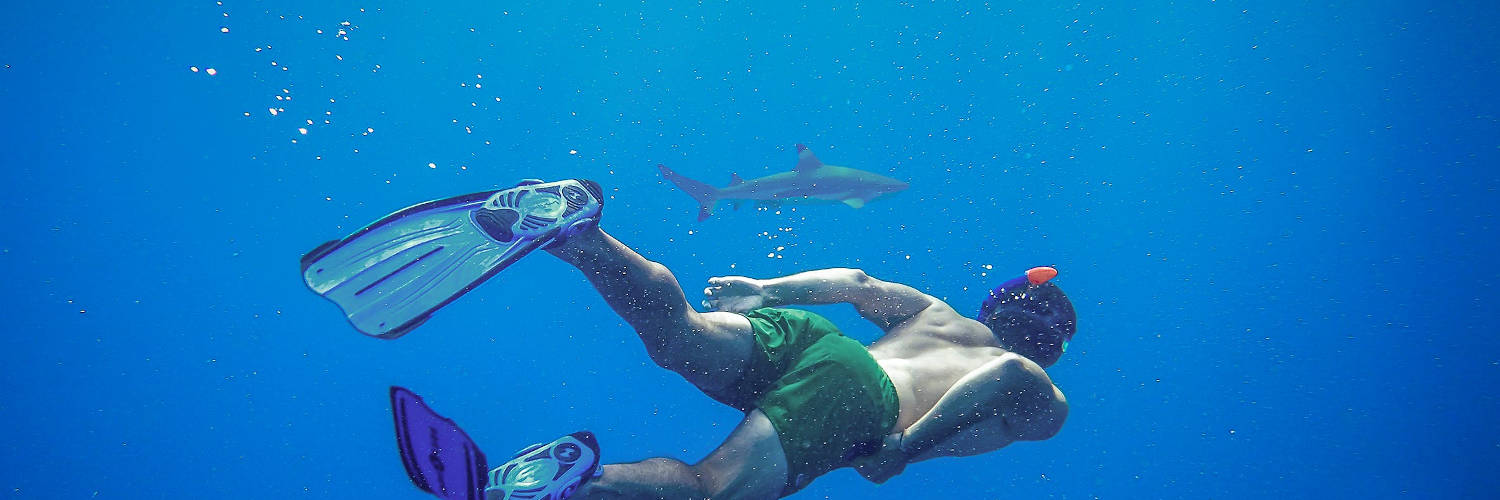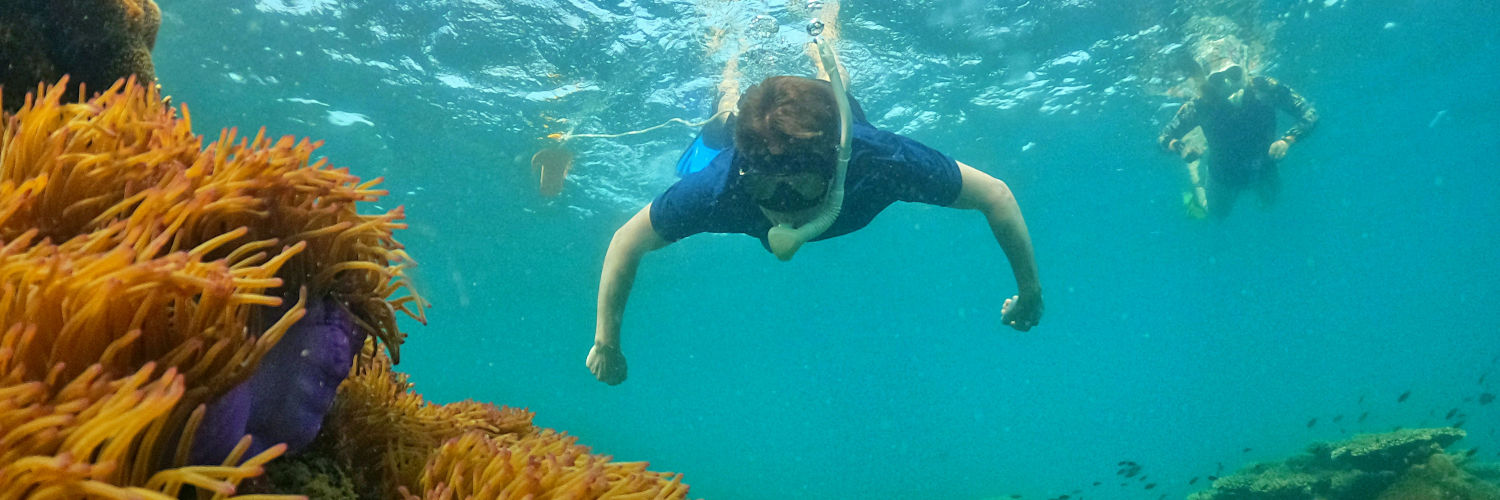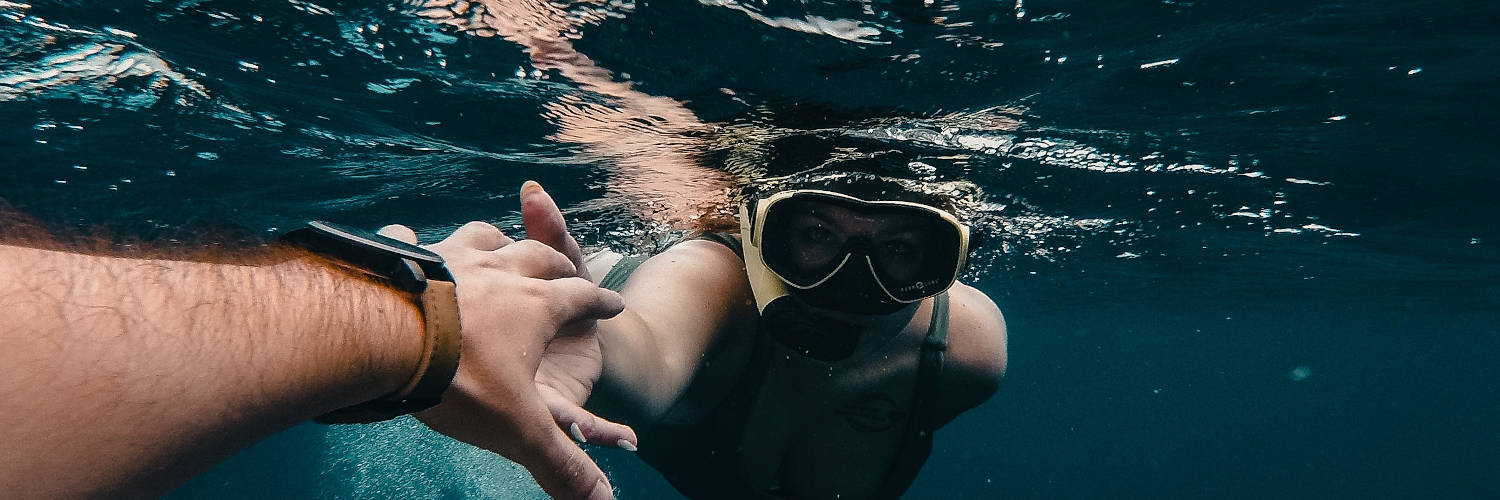Snorkeling Description: A Concise Guide for Underwater Adventures
Snorkeling is a popular underwater activity where swimmers use a diving mask, a shaped breathing tube called a snorkel, and usually swimfins to explore the aquatic environment. People can see and like the pretty underwater world without needing lots of training or heavy gear.
This recreational activity is suitable for people of all ages, as it only requires basic swimming skills and minimal gear. Snorkeling is easy. Just float on water and see pretty underwater views. Look at sea animals up close. Anyone who likes adventure or nature can do it.
Essential Snorkeling Equipment
Mask and Snorkel
A mask is crucial for clear underwater vision, ensuring a comfortable fit and a good seal on your face. A snorkel allows you to breathe while floating on the surface. A mask strap helps secure the mask to your head. Opt for a diving mask or full face mask depending on your preference.
Fins and Swimfins
Fins or swimfins enhance your mobility and efficiency in the water. They have different sizes and types to fit what you like and how you swim.
Safety Devices
Safety devices like a life vest, flotation device, or buoyancy aid provide extra security and help conserve your energy in the water. They make sure you are kept safe and able to enjoy.
Underwater Photography Equipment
Capture your underwater adventures with a waterproof camera or an underwater camera to document the fascinating marine life and vibrant colors. Choose a suitable photography equipment based on your budget and desired features.
Protection Gear
Protect your skin and body with a wetsuit, rash guard, and sunscreen or sunblock to avoid sunburn and skin irritation. Protective gloves, booties, and surf shoes offer additional protection against sharp objects and rocky terrain.
Underwater Environment
Marine Life
Snorkeling lets you see lots of sea animals in their homes. Some common species encountered include fish, turtles, rays, sea turtles, jellyfish, reef sharks, moray eels, dolphins, and even penguins in certain regions. Coral reefs have many different animals, like bright fish and cool creatures.
Underwater Topography
The underwater landscape can vary greatly depending on the location. People who snorkel usually explore shallow areas near coral reefs, but they can also check out lakes, rivers, and lagoons for cool landscapes. Lakes, rivers, and lagoons can also be visited by snorkelers, not just the usual shallow coral reefs. Water animals can also thrive in caves, rock formations, and underwater canyons.
Environmental Protection
Not touching coral, not disturbing the underwater environment, and using eco-friendly equipment lets snorkelers help conservation efforts. Following these rules makes for a fun and safe time while keeping the ocean safe too.
Snorkeling Techniques
Breathing Techniques
While snorkeling, it is important to breathe properly. Breathe deep and slow through the snorkel, which helps with air conservation and relaxation. A lower heart rate and saving energy is possible with proper breathing. Ensure the valve is functioning well to allow easy air flow.
Swimming Techniques
Efficient swimming techniques are essential in snorkeling. Utilize swim fins for better propulsion in water. Practice proper leg kick techniques to conserve energy and increase speed. Focus on floating close to the surface for optimum visualization of the underwater world.
Safety Techniques
Safety is a priority during snorkeling sessions. Always snorkel with a buddy to minimize risks of drowning or other emergencies. Familiarize yourself with the water conditions and select a calm spot for a comfortable experience. Be aware of your surroundings and practice self-rescue and buddy-assist techniques as necessary.
Diving Versus Snorkeling
Scuba Diving
To explore deeper waters scuba diving involves using special equipment, including an oxygen tank. Learning to use the gear and handle deep diving needs special training. Divers can stay underwater for longer periods with Scuba and observe marine life up close, also making it more immersive.
Freediving and Skin Diving
Freediving and skin diving are different from scuba diving as they don’t involve the use of an oxygen tank. Freedivers hold their breath and dive to various depths, relying on their lung capacity and physical fitness. Skindivers, on the other hand, stay close to the surface of the water, taking short dives to observe underwater life.
Underwater Sports
The elements of diving combined with competition make underwater sports. Examples include underwater hockey and underwater rugby, aquatic team sports played at the bottom of a swimming pool. Both sports require players to dive down to the pool floor, hold their breath, and maneuver a puck or ball while competing against an opposing team. Breath-holding and physical fitness are needed in these sports, along with teamwork.
Snorkeling Destinations
Beach and Island Destinations
Snorkeling is liked at lots of beaches and warm places. Good spots are Indonesia, the Maldives, and Curaçao. Clear water, marine life, and pretty underwater views are available there. Visitors can explore the seas, either independently or by joining organized excursions, diving in from a boat or directly from the beach.
Wildlife Encounters
Unique wildlife encounters are offered by many destinations in addition to beautiful coral reefs and diverse underwater ecosystems. Explorers can swim alongside manta rays in the Maldives, humpback whales in the Dominican Republic, or be surrounded by schools of fish in the Caribbean. A greater appreciation for the natural wonders of our ocean is given together with unforgettable experiences and amazing views. Remember to be respectful of the marine life and follow any guidelines provided by the local authorities or tour operators.
Precautions and Recommendations
While snorkeling, prioritize safety. Choose a location that’s easy to access and suitable for beginners. Ensuring a comfortable and secure fit for your mask, snorkel, and fins is essential. It’s important to have a good, snug fit for your mask, snorkel, and fins to ensure they’re comfortable and secure. Wear a swim shirt or rash guard to protect against sunburn and to help maintain body temperature.
Stay hydrated and avoid dehydration by drinking water before and after snorkeling. Constantly monitor your surroundings, being mindful of currents, tides, and other underwater attractions. Snorkel with a buddy to ensure a free and enjoyable experience. A safe, comfortable, and unforgettable snorkeling adventure can be had by following these precautions.

